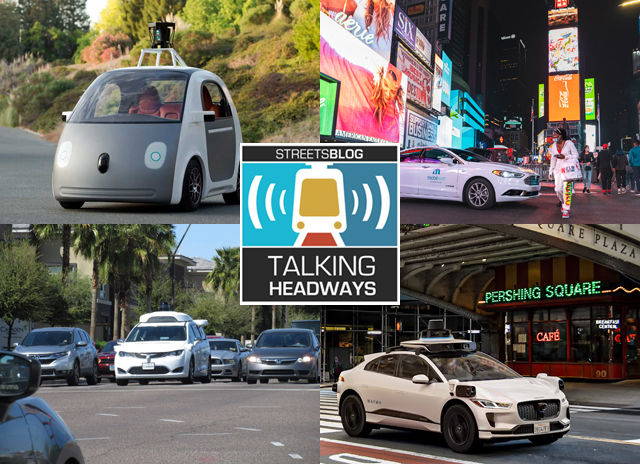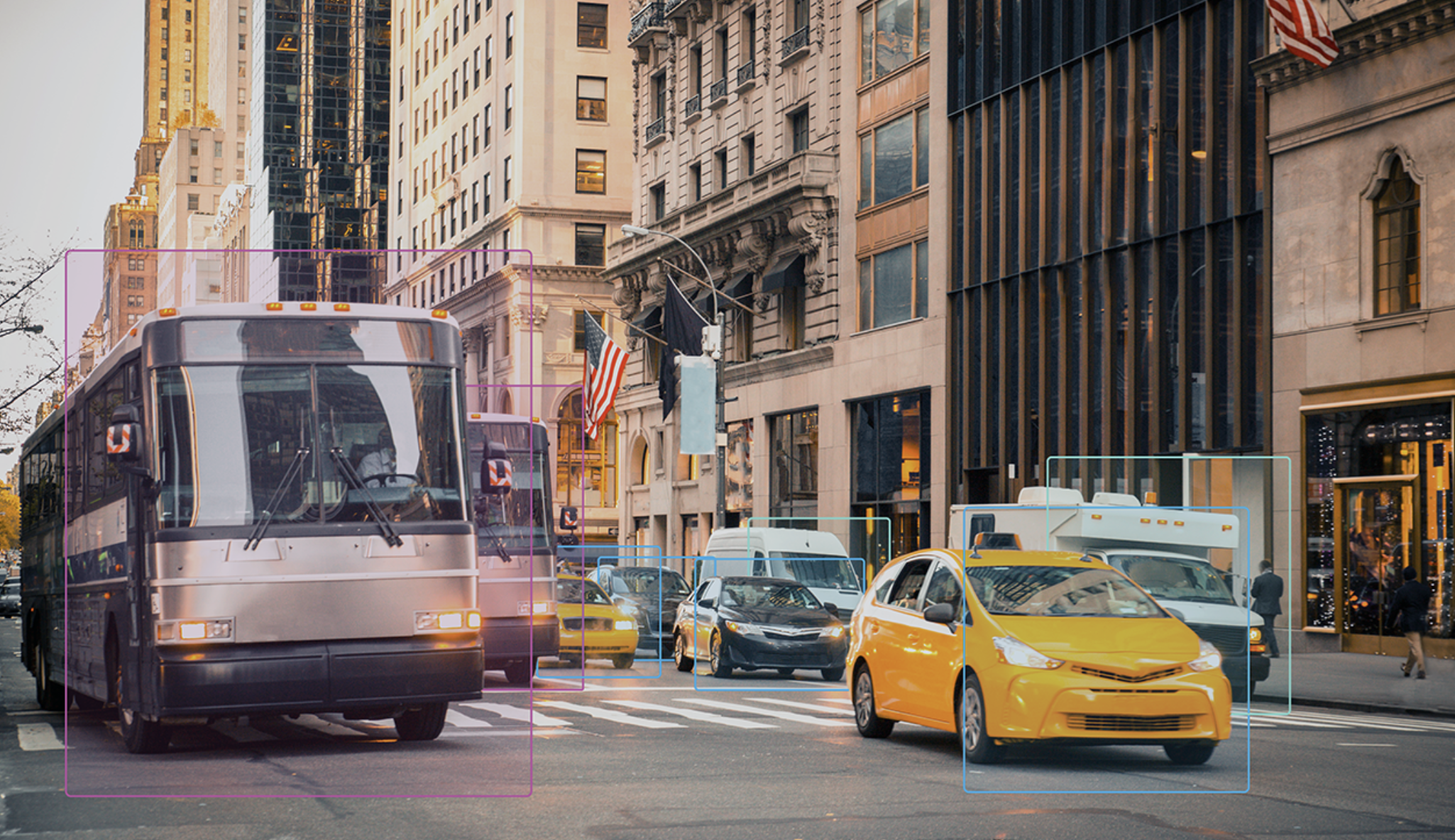This week, we’re joined by Sarah Kaufman of the NYU Rudin Center for Transportation for a chat at the RailVolution conference in Miami. Kaufman and I talked about autonomous vehicle policy, acceptable safety levels, what will happen to the iconic New York City taxi and the lessons from Superstorm Sandy for transportation infrastructure.
If you prefer to read rather than listen, check out the edited transcript below or click here for a full, unedited transcript (forgive the auto-typos!).
Jeff Wood: So you released a report called, "AVs in New York City: A Policy Framework." What was the impetus for that report?

Sarah Kaufman: There’s a lot of hype and a lot of excitement around autonomous vehicles, and it’s clear that there’s a market interest in these vehicles, and at the same time, they’re being evaluated kind of in a vacuum in terms of if the vehicle is safe, and that is 100 percent necessary. But we’re not talking about them from an urbanism context and how would they fit into a city. And as people know, New York is a different city than much of America. And so if you’re evaluating vehicle introductions to New York City, it should be a different approach than it would be in a different city.
Most New Yorkers take transit. Most New Yorkers are pedestrians for a good part of their commute or their travel, and that is very different from the rest of the country.
Jeff Wood: New York has such a robust transit system. People walk everywhere. There’s so many options to get around, especially now with Citi Bike and things like that. Why add a layer of vehicles that are basically more cars?
Sarah Kaufman: Assuming that autonomous vehicles won’t be introduced into New York City, or anywhere else, until they’re deemed safe enough to operate within a city, it is promising that they would provide a safer street environment. For example, an AV that is programmed or trained to stop for pedestrians is far more likely to actually do that than many New York City drivers who simply blow through a red light or disregard pedestrians who may be "taking too long" to cross the street. An AV could actually be much safer than a human driver in New York City. So there is potential there.
It’ll probably be a long time until the technology is there, but once it is there, we could have much safer streets, much more organized streets, and we could organize people into shared rides, ideally, because we do not need to introduce more cars to New York City, but we could potentially use these vehicles for micro transit or for deliveries in a more efficient format than we are using large buses with low ridership or large box trucks that need to be unloaded and often double park.
So the idea is to increase safety, efficiency, serve neighborhoods that are not well served through buses or rail at the moment, and also eliminate the erratic behavior of drivers that exists and pervades the city right now. Ideally these vehicles would complement transit either as a first mile last mile solution or as a micro transit solution for things like job centers. New York, like most cities, has job centers like hospitals, airports, package sorting facilities and stadiums, different places where people need to travel all hours of the day and night. And we can provide some really good transit solutions for these populations that would be perhaps faster and safer than the standard transit offerings right now.






